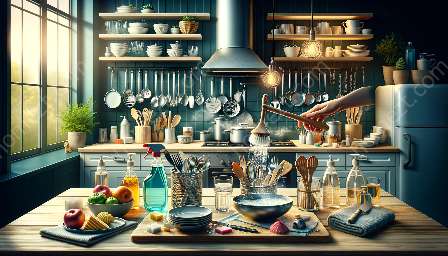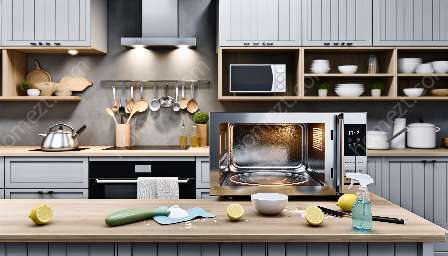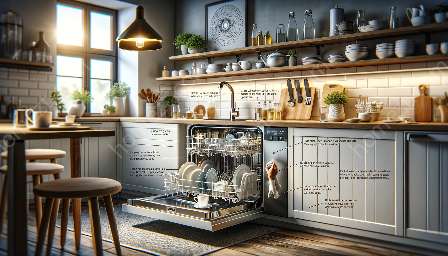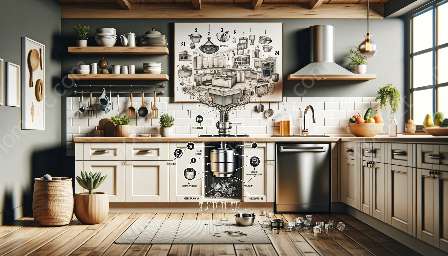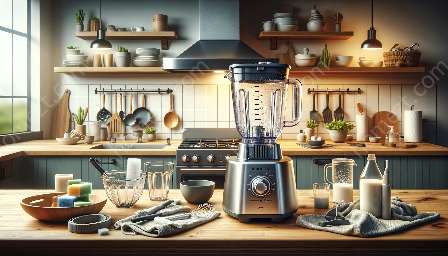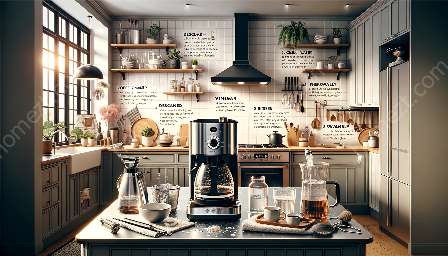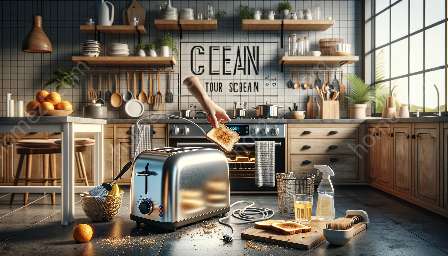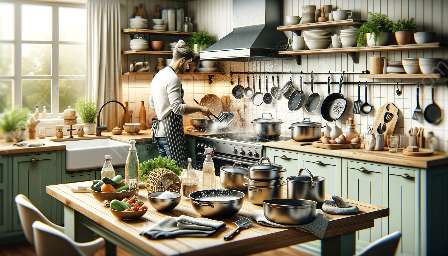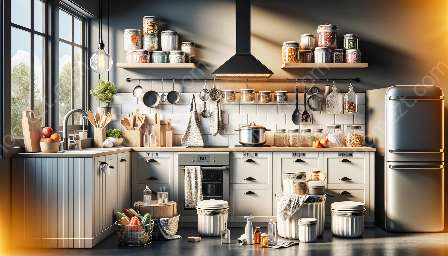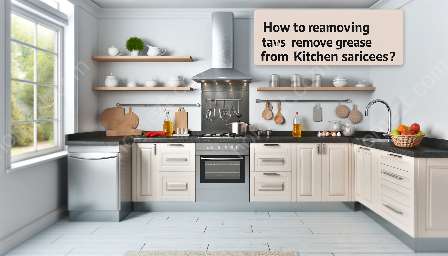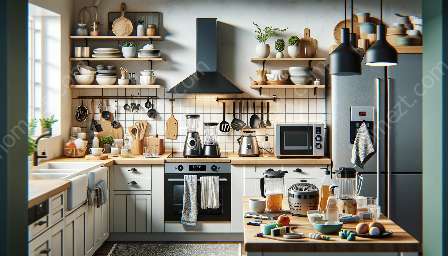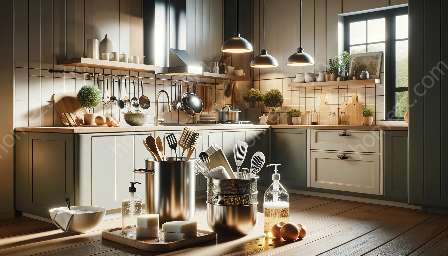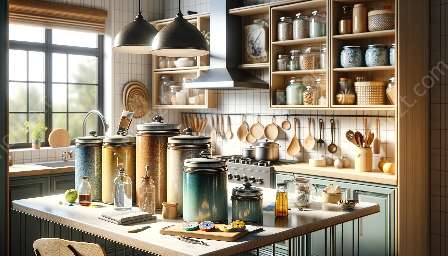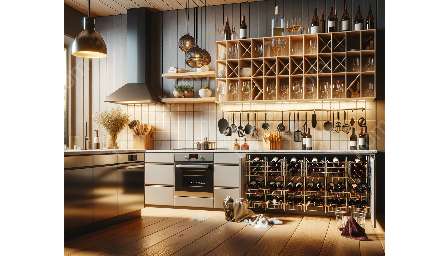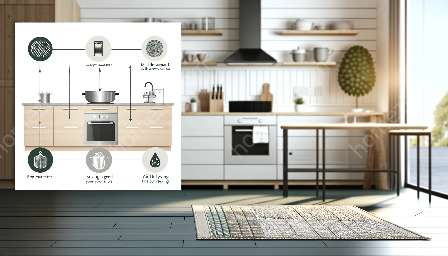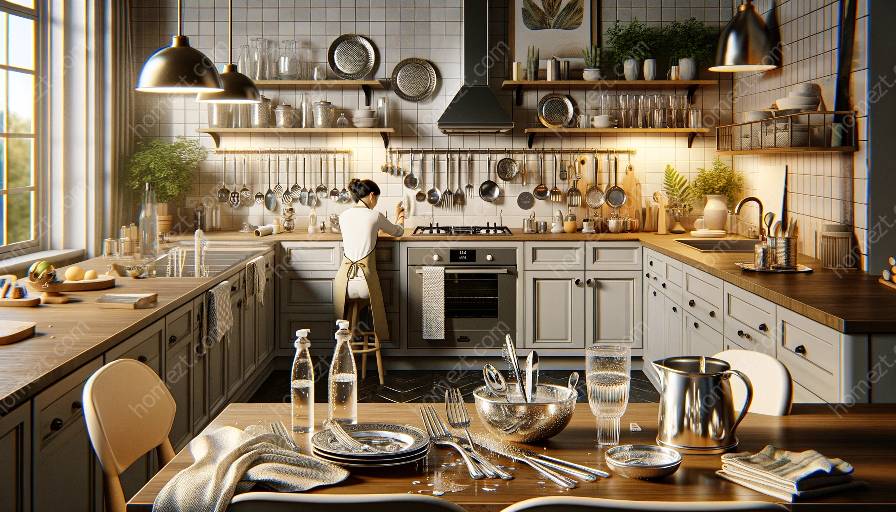Having a clean and well-organized kitchen is essential to maintaining a healthy and functional living space. One of the key elements in a kitchen that requires regular cleaning and maintenance is the silverware. In this comprehensive guide, we will walk through the best practices for cleaning kitchen silverware effectively and keeping it sparkling and hygienic.
Importance of Cleaning Kitchen Silverware
Kitchen silverware, such as cutlery, serving utensils, and other metallic kitchen tools, come into direct contact with food and are used multiple times throughout the day. This makes them prone to accumulating food residues, grease, and germs, which can compromise the hygiene and safety of your kitchen. Proper cleaning and maintenance of kitchen silverware are crucial not only for aesthetics, but also for ensuring a healthy dining experience for you and your family.
Materials Needed for Cleaning Kitchen Silverware
Before delving into the cleaning process, it's important to gather the necessary materials. You will require the following:
- Mild dish soap
- Warm water
- Soft sponge or cloth
- Vinegar
- Baking soda
- Microfiber cloth for drying
These materials are gentle yet effective for cleaning and maintaining the shine of your kitchen silverware without causing any damage.
Step-by-Step Guide for Cleaning Kitchen Silverware
- Preparation: Begin by separating the different types of silverware, such as stainless steel, silver-plated, or vintage silverware, for specific cleaning procedures as required.
- Rinse: Rinse the silverware under warm water to remove any visible food particles and residues. This will make the cleaning process more effective.
- Soak: Fill a sink or a basin with warm water and add a few drops of mild dish soap. Submerge the silverware in the soapy water and let it soak for a few minutes. This will help loosen any stubborn food residues and grease.
- Scrub: Using a soft sponge or cloth, gently scrub the silverware while it's submerged in the soapy water. Pay special attention to any intricate or detailed patterns on the silverware to ensure thorough cleaning.
- Rinse Again: After scrubbing, rinse the silverware under warm water to remove the soapy residue. Ensure that all the soap is completely rinsed off to prevent any streaks or residue marks.
- Dry: Use a microfiber cloth to dry the silverware thoroughly. Avoid using rough or abrasive cloths that may scratch the surface.
- Polishing (Optional): For silver-plated or vintage silverware, you may consider using a gentle silver polish to restore its shine. Follow the manufacturer's instructions for proper application and buffing.
Tips for Maintaining Kitchen Silverware
After cleaning your kitchen silverware, it's important to incorporate regular maintenance practices to preserve its shine and extend its longevity:
- Store silverware in a dry and well-ventilated space to prevent tarnishing.
- Avoid prolonged exposure to direct sunlight, as it can cause discoloration.
- Regularly check and clean the storage area for silverware to prevent dust and dirt buildup.
- Consider using specialized tarnish-prevention products or storage bags for silverware.
Related Topics: Kitchen Cleaning and Maintenance
Keeping your kitchen silverware clean is just one aspect of maintaining a clean and healthy kitchen environment. It's essential to pay attention to overall kitchen cleaning and maintenance, including cleaning countertops, appliances, and utensils. By incorporating regular cleaning routines and using appropriate cleaning products, you can ensure that your kitchen remains a hygienic and inviting space for cooking and dining.
Summary
Cleaning kitchen silverware is a fundamental part of kitchen maintenance and contributes to the overall cleanliness and safety of your kitchen. By following the steps outlined in this guide and incorporating regular maintenance practices, you can ensure that your kitchen silverware remains in optimal condition, ready for daily use. Additionally, maintaining a clean kitchen environment, including regular cleaning and maintenance of kitchen areas and utensils, is essential for promoting a healthy and enjoyable cooking and dining experience.
















